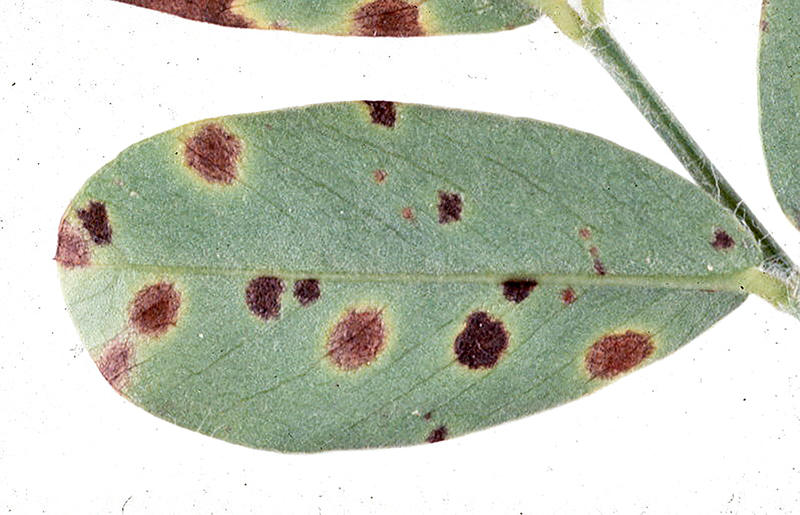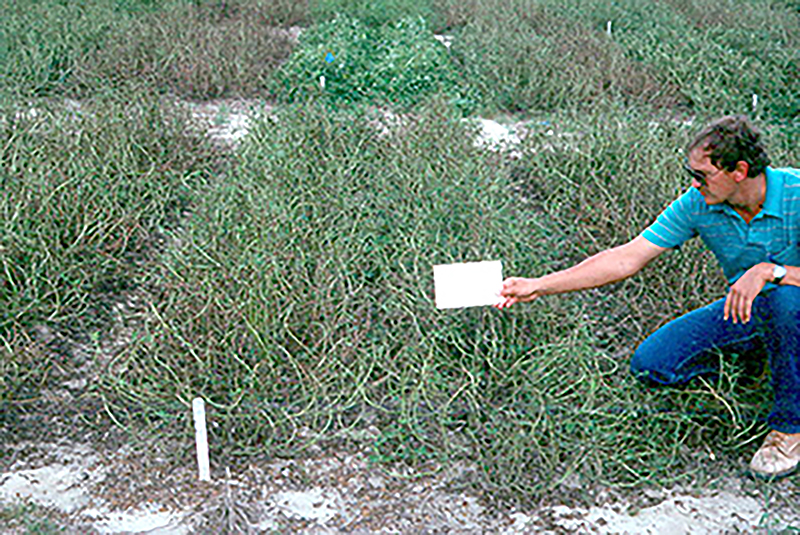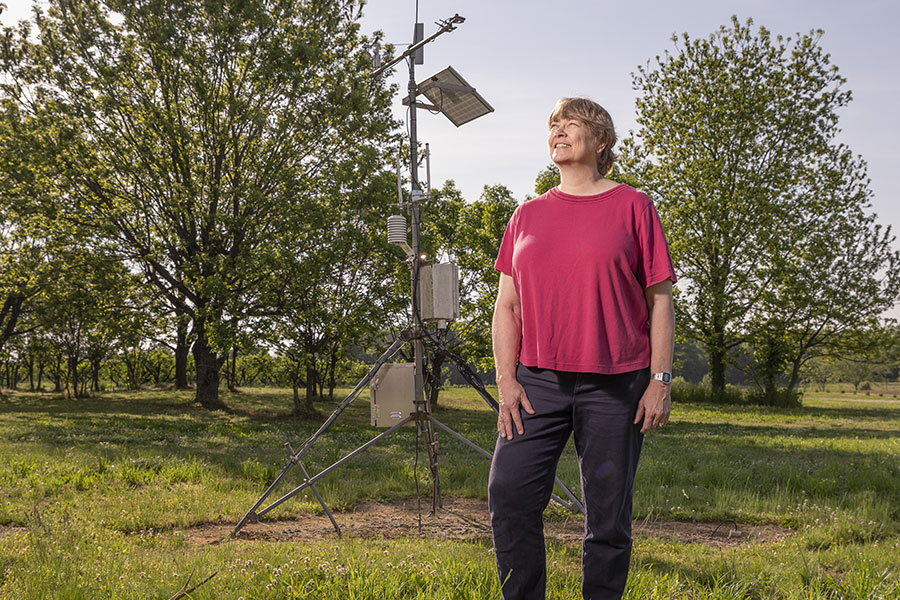Georgia peanut growers are experiencing problematic leaf spot diseases this year due to susceptible varieties and weakening fungicide treatments, according to Albert Culbreath and Tim Brenneman, plant pathologists at the University of Georgia Tifton Campus.
Brenneman said this year’s dry conditions should have set up an environment that’s less favorable for leaf spot.
“It displays the magnitude of the problem,” Brenneman said. “If we’re having trouble in a dry year, we could really have a serious problem in a wetter year.”
According to the 2014 Georgia farm gate report, peanuts are the sixth-highest grossing commodity in Georgia, bringing in nearly $564 million for growers. Nine of the top 10 peanut-producing counties are in the southwest part of the state.
Brenneman said that leaf spot could hurt overall peanut yields in some places this year, but that the dry conditions will be the biggest factor.
“The irrigated crop is not bad,” Brenneman said. “Some dryland areas are horrendous and have been zeroed out for insurance already. The earlier United States Department of Agriculture crop estimate predicted very high yields for Georgia, but as the crop has been coming in, it looks like that projection was optimistic.”
Almost all varieties grown in Georgia, Alabama and north Florida are susceptible to leaf spot, including Georgia-06G, Georgia’s most commonly produced variety, according to the UGA Peanut Team.
“Growers must be aware of their cultivar selection,” said Brenneman. “Some of the high-oleic peanuts are especially susceptible to leaf spot. Certain buyers are willing to pay a premium for growing those cultivars with that oil chemistry since the products made from them have a better shelf life. Growers must realize that if they choose to grow those varieties, they must stay on top of their spray programs and not cut any corners.”
Leaf spot produces hormonal changes in the plant, which causes the leaves to wither, turn yellow and fall off the plant. It also causes lesions to appear on the stem and other parts of the plant.
Culbreath and Brenneman are working to combat leaf spot in the short and long terms. Culbreath said that improving fungicide efficacy is his short-term solution for stopping the disease. He said mixing the less effective fungicides has been more effective than spraying them separately.
“We’re working with experimental fungicides with multiple companies,” Culbreath said. “Some of the experimental fungicides are much more effective than what we have now and represent a lower risk in terms of applicator and environmental exposure. They’re still going to be expensive, but fungicides are a very important part of our leaf spot management program.”
Culbreath said his long-term goal for leaf spot is to help develop varieties that are resistant to the disease. He has been working with several breeders and geneticists with UGA, the USDA and the University of Florida to help develop the new varieties and improve techniques for selection that should help with that process.
“We’re helping determine the relative resistance levels in hundreds of peanut lines from multiple mapping populations. In most cases, this is being done with huge field trials. The levels of resistance in those lines are matched with gene sequences from the respective lines to determine which genes or gene groups are responsible for the resistance,” Culbreath said. “Hopefully, with that information, the geneticists can develop molecular markers for those genes that a breeder can use to screen a lot of lines quickly for resistance. Hopefully, we will find multiple types of resistance and will be able to use the markers to combine multiple types of resistance into one variety.”
Culbreath said that part of the challenge in evaluating a peanut field is the large number of plots that must be rated. Sarah Beth Pelham, a master’s degree student at UGA, has been using a drone to see whether aerial imagery can evaluate the severity of leaf spot damage.
Without the use of fungicide treatments, Culbreath said peanut varieties must be resistant to leaf spot diseases in order to thrive in south Georgia.
Culbreath has also been working on improving leaf spot control in organic peanut production, which involves no synthetic pesticides or fertilizers.
“Brian Jordan, another graduate student in our program, has much of his research focused on organic production. Brian has found that several advanced breeding lines from University of Georgia peanut breeder Bill Branch, as well as Dr. Branch’s released cultivar Georgia-12Y, have the potential to do well without fungicides for leaf spot control when used with good rotation and early planting dates to dodge the epidemic,” Culbreath said. “Resistance or tolerance and crop rotation is essential for that type of production, but I think we can put together an integrated system that will work for organic production.”




